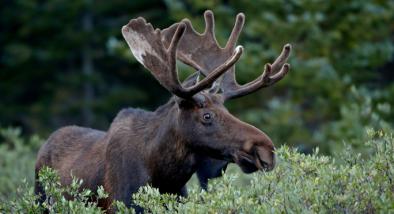Science Source
Evaluating changes in season length, onset, and end dates across the United States (1948–2012)
- States that as climatological studies utilize temporally and spatially static definitions of seasonal definitions, the understanding of seasonal change may be limited by the way in which seasons are defined
- This research serves as a challenge to this perspective by examining the changes in seasons by incorporating variability into the way in which seasons are defined
- Defines temporally and spatially variable seasons were defined based on thresholds of apparent temperature and upper-level circulation patterns for the period 1948–2012
- Uses two apparent air temperature metrics (and 60 US surface stations) to define seasons that vary spatially and temporally
- Observes late starts of autumn and winter since 1948 and earlier onsets of spring and summer
- Finds that, for the individual stations, the largest shifts occurred along coasts and in larger, more urbanized environments
- Finds that individual locations also showed increased variability in start date, and significant changes were found for all four seasons in the circulation approach
- States that seasons have been shown to be important for a variety of processes including phenological responses and human adaptation to extreme temperature environments; and that the consideration of season variability may be appropriate for future climatological research
Related Content
Headline

Mar 29, 2016 | onearth
What’s Killing Minnesota’s Moose?
Science Source
| National Wildlife Federation
Wildlife in a Warming World
Science Source
| Parasitology Research
Seroprevalence, isolation, first genetic characterization of Toxoplasma gondii, and possible congenital transmission in wild moose from Minnesota, USA
Shiv K. Verma, Michelle Carstensen, Rafael Calero-Bernal et al
Science Source
| Alces
Winter ticks on moose and other ungulates: factors influencing their population size
Samuel, W. M., & Welch et al


